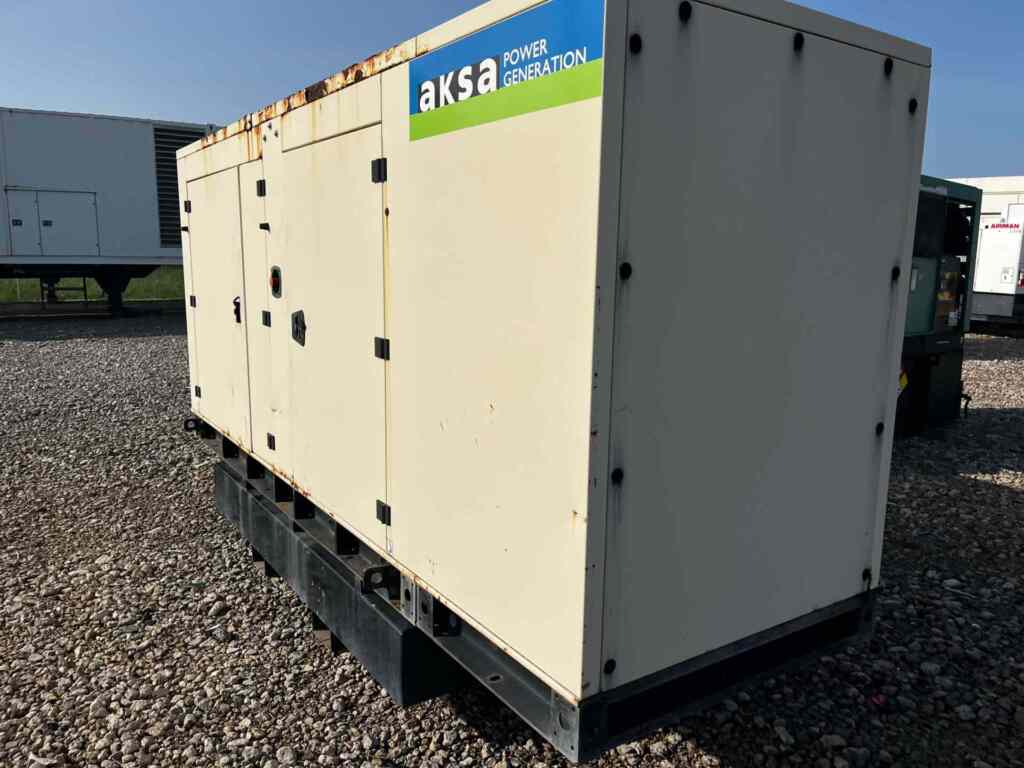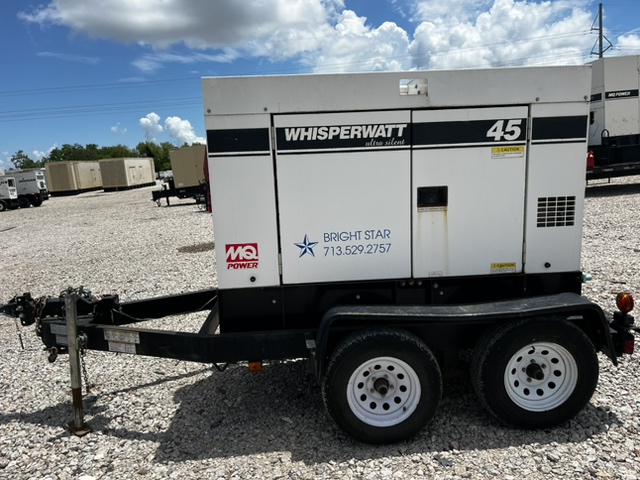While it’s true that backup generators are vital machines with strong capabilities to produce power in the most difficult situations, equipment doesn’t last forever. As units reach the end of their lifespans and you acquire replacements, you’ll realize that removal and disposal isn’t as simple as some claim.
Disposing of or relocating an industrial generator involves specific steps; with its many connections, components, and wiring, this process is complex! What does the process entail?
Let’s learn the process of generator decommissioning, why equipment requires it, and who to contact when decommissioning your units.
Steps of Generator Decommissioning
Experts typically describe generator decommissioning as relocating or removing an energy-generating unit and withdrawing it from service. Given their size and complexity, this process may take anywhere from a few days to several weeks.
When seeking proper decommissioning, here are vital steps to include:
Locate a Generator Decommissioning Service
First, hire a professional industrial generator removal expert to take on the task. By trusting experts at the beginning of the project, you can save time and money instead of attempting to conduct the procedure on your own. Doing so would potentially become a risk that increases the chance of injury and damage to equipment.
Conduct a Site Inspection
After hiring a company, professionals may conduct a site inspection that thoroughly evaluates the generator, electrical system, and facility. Experts may inspect the generator’s kilowatts, amperage, size, weight, and voltage to design a plan of action when decommissioning.
During this time, professionals will note central details and goals like the unit’s future location and whether you’re selling or disposing of it.
Review Information
After the initial assessment, the decommissioning company will review collected information and determine a plan to remove and transport equipment successfully. The review process may involve analyzing local regulations to ensure compliance with state and local rules.
This phase may also include arranging transportation of the generator and finalizing a timeline for the process.
Decommissioning
As the last step of the process, experts may coordinate with onsite personnel to help remove the generator from the premises. First, they will disconnect the equipment from the electricity source. Then, a professional will finalize new connections and insert new labels—if necessary—while removing excess wiring and conduits.
The Importance of Proper Decommissioning
Many states have regulatory laws mandating the proper handling and disposal of generator components. To avoid a fine or legal trouble, it helps to consult with experts who can advise on correctly disposing of parts.
These components can be a threat to the environment; fuel leakage and other dangers can contaminate soil, and exposed wiring can compromise main connections.
Hire an Expert To Retire the Generator
Surprisingly, removing an old generator isn’t a cut-and-dry procedure! Due to several legal, health, and environmental implications and factors, the generator decommissioning process requires a professional’s knowledge and expertise. They can provide you with the attention to detail and knowledge necessary to complete decommissioning projects.
If it’s still in working condition and properly decommissioned, your equipment is eligible for resale at Turnkey Industries! Our company specializes in purchasing, selling, maintaining, and repairing used industrial generators. Feel free to give our team a call so we can further assist you!
 Turnkey Industries offers a variety of high-capacity
Turnkey Industries offers a variety of high-capacity 





